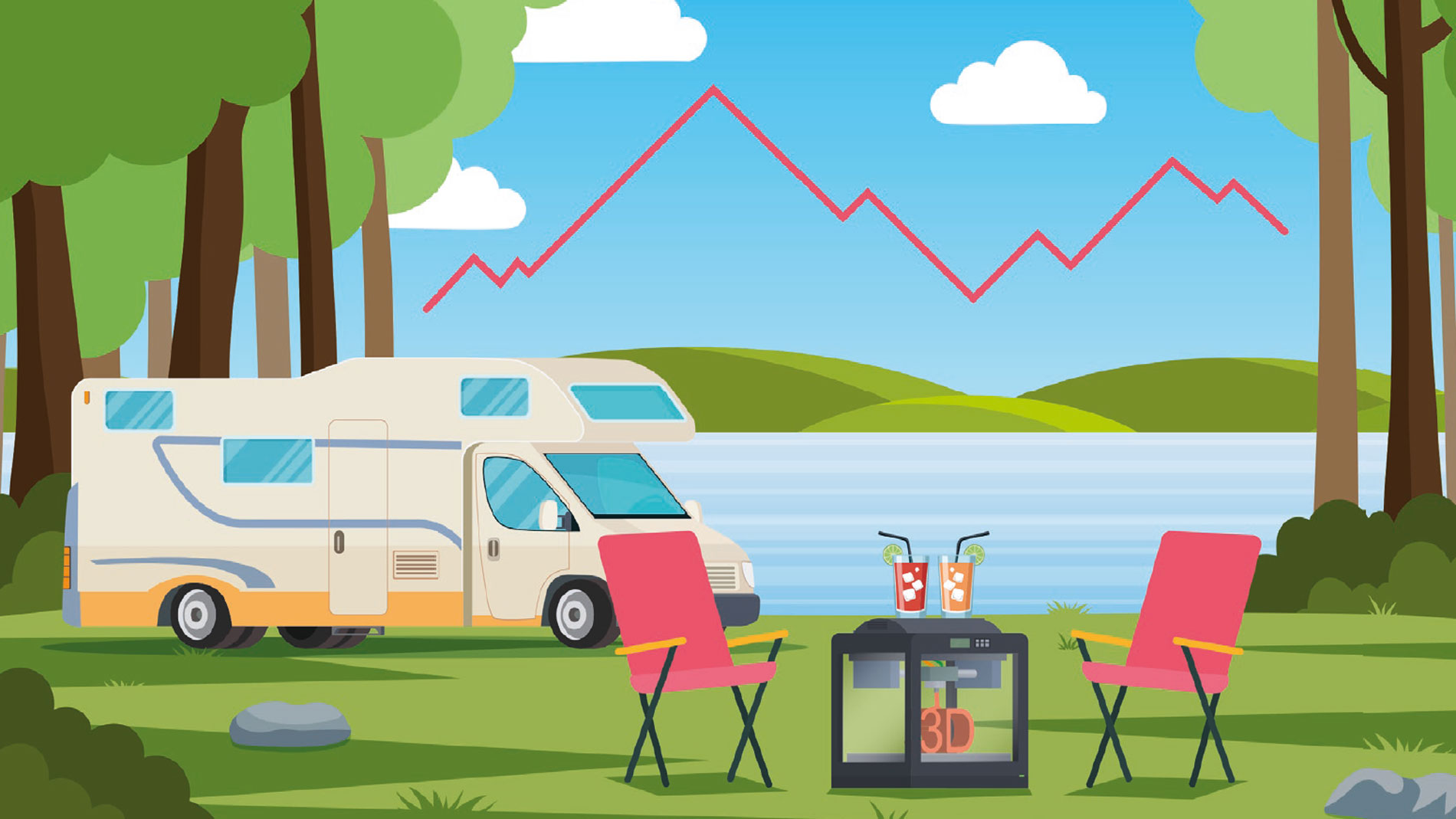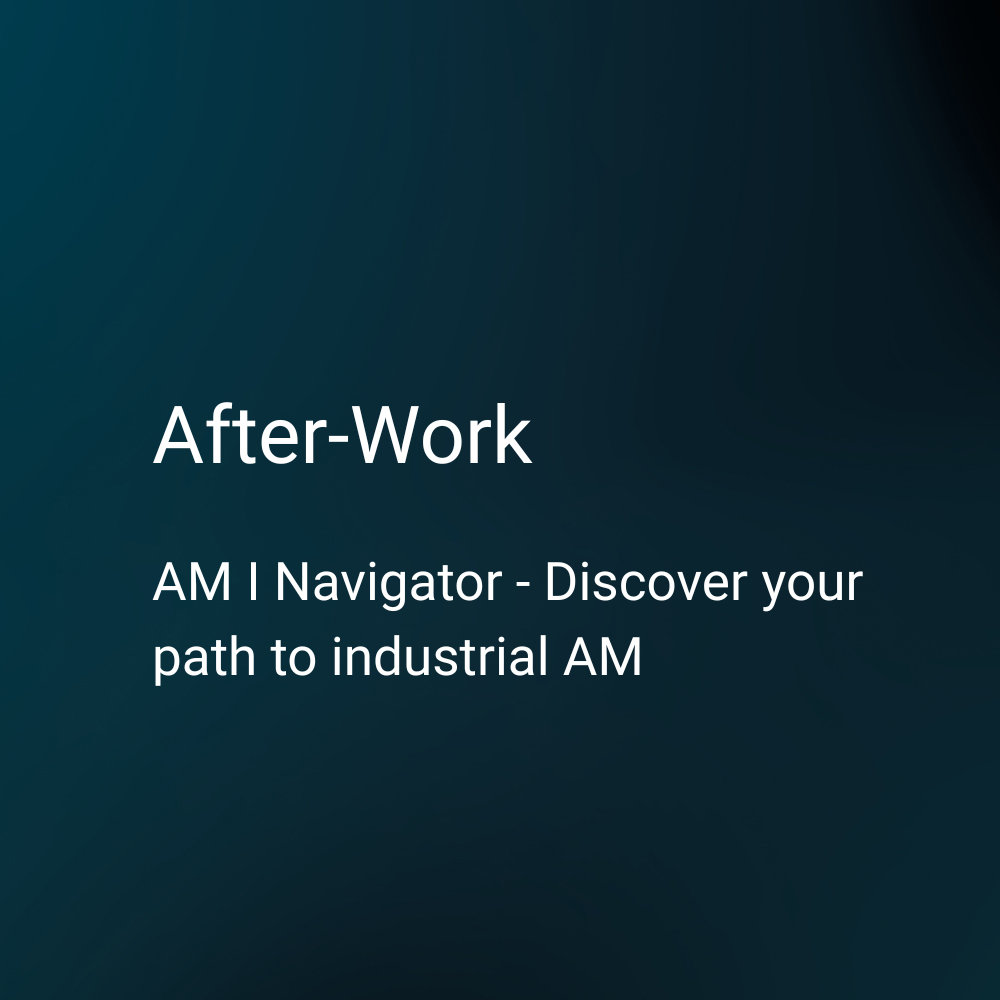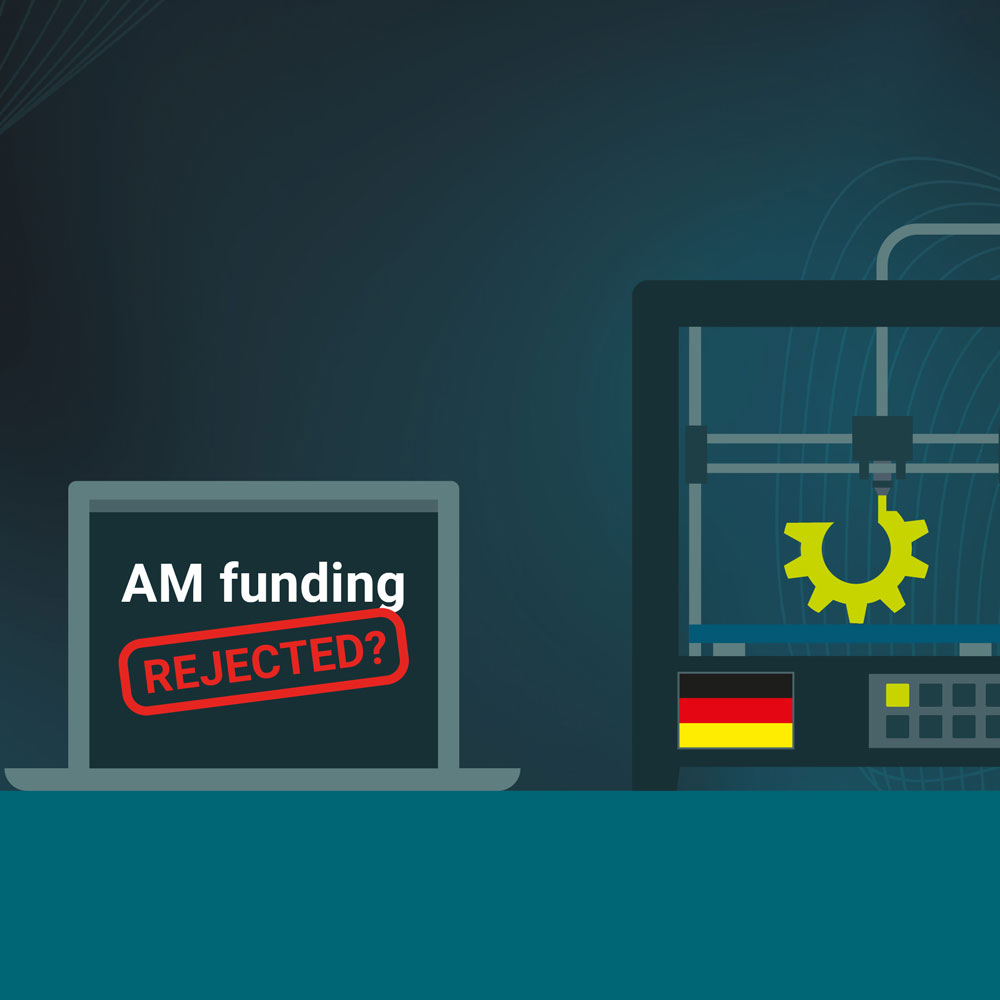Text: Thomas Masuch
Look a bit closer, however, and you’ll see some parallels. Both industries are more or less the same size, and both have faced the same economic challenges in recent years. Most importantly, both satisfy a certain desire for independence and individuality.
3D printing offers the promise of decentralized, self-sufficient production, and RVs are synonymous with the freedom to roam. Both give you complete control over your objective, be it a particular workpiece or a geographic destination. Both enjoyed a boom due to COVID-19, as well: In Additive Manufacturing, this was reflected mainly in share prices that touched dizzying heights for a time. Meanwhile, RVs were sold out for months, which also drove demand for their manufacturers’ stocks. Then, both upswings were followed by periods of what the business world euphemistically refers to as “market consolidation”. In other words, the euphoria gave way to a dose of reality.

The ideas at the heart of these two innovations will endure, though. According to the latest Wohlers Report, the AM market should average an annual growth rate of 18 percent for the next 10 years, swelling from US$21.9 billion in 2024 to US$115 billion in 2034. The RV business is expected to see strong growth in the years ahead as well, with annual estimates ranging between 4.2 and 11.5 percent. It appears that the dream of independent production and the freedom to travel lives on – even if it is evolving at the moment.
Anyone who thinks that we might reach the point of too much individualism sometime in the future need not worry: Japan is already working on it. In 2021, it established a “Ministry of Loneliness” – a governmental agency tasked with addressing social isolation and developing programs to combat seclusion.
We can all hope that in spite of all our efforts to achieve independence, we’ll never forget to knock on our neighbors’ doors now and then, whether it’s in a makerspace, on the factory floor, or at a campsite. Or even better: We can meet with like-minded people or entire communities in the same place – at Formnext, for instance!









